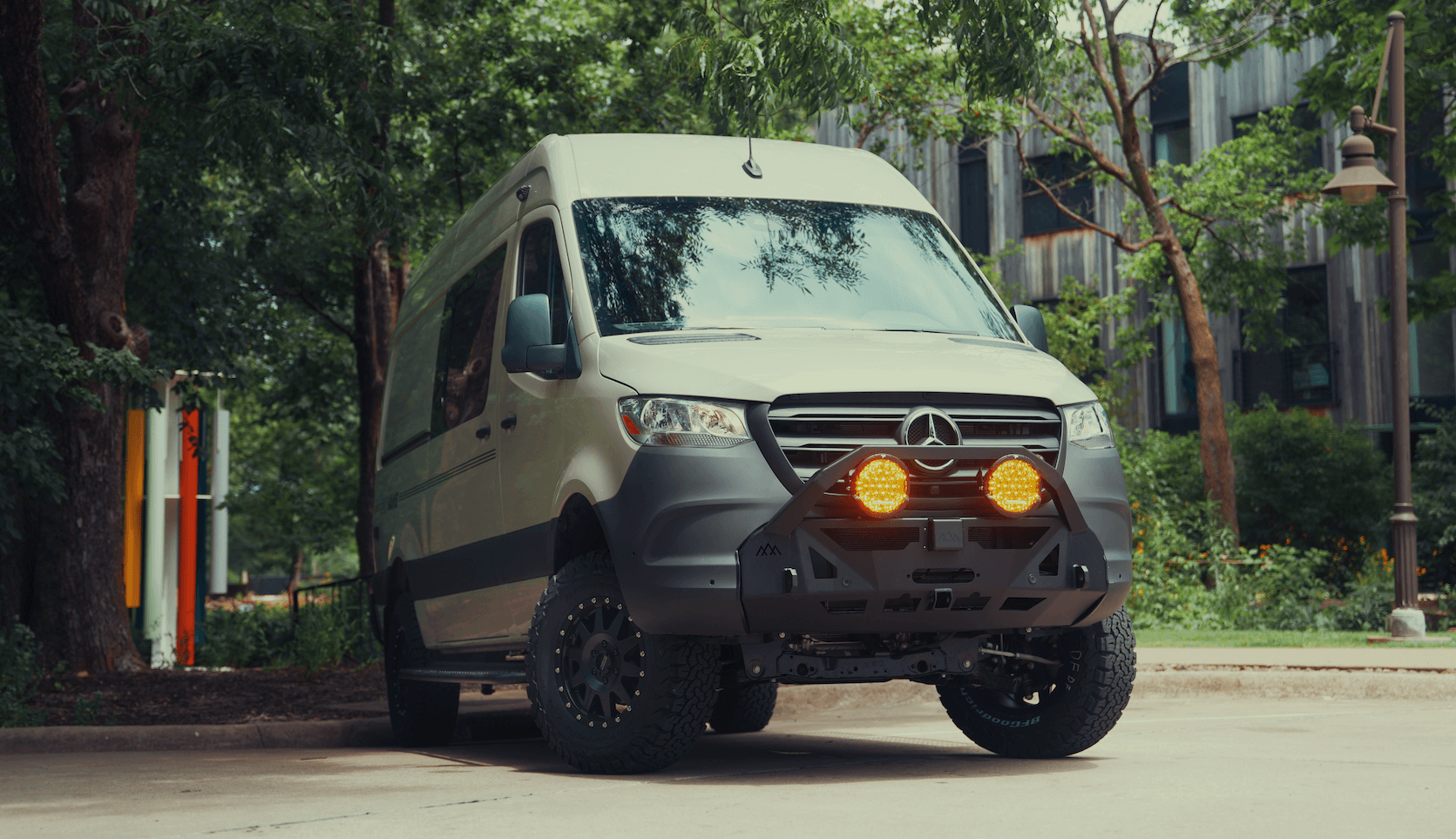Recreational Vans

Steel rusts when iron reacts with oxygen and water to form iron oxide. Road spray, humidity, and salt speed up the reaction by turning water into a better electrolyte. Once rust starts, it spreads under the paint film, lifting coatings and exposing fresh metal. Prevention focuses on keeping oxygen and moisture off the surface, stopping conductive contact between dissimilar metals, and sealing pockets where water tends to sit.
Corrosion is not only a cosmetic issue. It weakens fasteners, thin wall tubing, and stamped brackets, compromises brake and fuel line integrity, and creates noise as heat shields and hangers loosen. Vans and trucks see accelerated attack because of their large underbodies, open frame pockets, and constant exposure to grit and brine on winter routes.
Short trips in wet weather leave moisture trapped in seams and frame rails. As the vehicle cools, condensation forms inside cavities, feeding oxidation. Regular heat cycles and vibration crack brittle coatings, which is why flexible films and proper prep matter.
When two dissimilar metals touch in the presence of an electrolyte like salty water, the less noble metal corrodes faster. You will see this at stainless to carbon steel interfaces or at aluminum panels bolted to steel supports. Insulating washers, primers, and sealants help interrupt that circuit.
There is no single product that handles every surface. The best results come from pairing materials to the job, the climate, and the service environment.
Thicker coatings resist abrasion better but can trap moisture if applied over scale or contamination. Thin films penetrate well but may need more frequent renewal in harsh winters. On exposed leading edges, a hard epoxy primer topped with a flexible coating gives a durable stack.
A product can only perform as well as the surface it touches. Effective rust prevention starts with inspection, cleaning, and preparation.
Most failures trace back to poor prep or missed edges. Mask heat sources, keep drain paths clear, and avoid bridging over weep holes. In wheel wells and leading edges, overlap layers to form a shingled barrier that encourages water to shed.
No coating lasts forever. Inspect the underbody at seasonal changes, especially after winter. Touch up chips promptly, refresh cavity wax every few years, and wash salt from frame pockets after storms. A quick post trip rinse after beach or gravel travel extends the life of any protection plan.
Large vans and overland trucks have complex floor pans, boxed frames, and mixed metal hardware. Professional shops bring lifts, cavity wands, correct primers, and the discipline of process control. That means consistent film build, sealed seams, and documentation for future service. OZK Customs integrates rust prevention into new van builds and upfits, pairing underbody protection with drain strategy, wheel well liners, and smart fastener choices. Clients who take delivery in Fayetteville Arkansas can explore, ride, and camp while the coatings cure in controlled conditions at our facility.
When you are considering a new adventure van or a mainstream platform that will see year round duty, it pays to design corrosion protection into the build plan. That includes choosing coated hardware, isolating dissimilar metals, adding splash shields, and routing water away from insulation and wood structures. A good plan turns rust prevention from a one time task into a durable system.
Protect your rig before rust takes the wheel. Share your climate, miles, and terrain, and OZK Customs will spec the right combination of undercoating, primers, and cavity wax for your platform. If you are planning a custom van, we can build corrosion protection into the project from day one and hand you a rig that is ready for wet roads and winter salt.
Ready to protect your investment with professional grade rust prevention? OZK Customs integrates corrosion protection into custom builds and upfits, from underbody coatings to sealed cavities and smart drainage. Share your goals and environment, and our team will spec the right protection package for your van or truck.
ADDRESS:
6159 E Huntsville Rd, Fayetteville, AR 72701
PHONE:
(479) 326-9200
EMAIL:
info@ozkvans.com